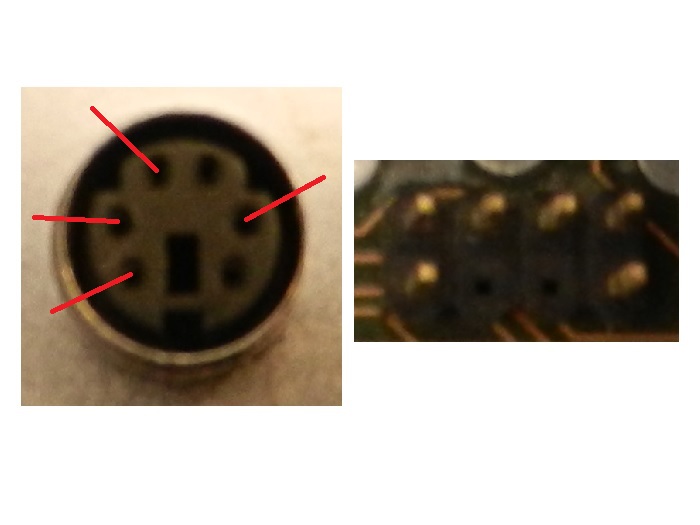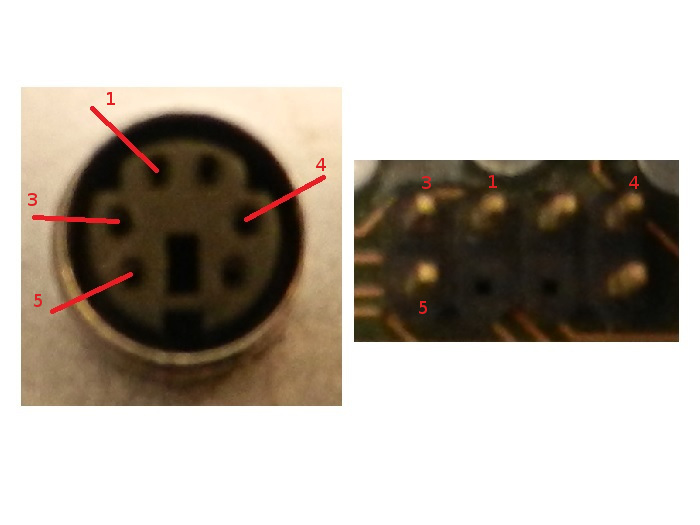First post, by zolli
- Rank
- Newbie
Hi all,
This is a really helpful forum. Thanks to everyone who's posted their experience & knowledge here. I've been lurking for months, but this is my first post here...
I just bought a PVI-486SP3. Here she is:
...and I don't have a manual. I did find a PDF:
which appears to only have a "Technical Summary" section & appears incomplete.
I can hook up serial, parallel, floppy, etc. without difficulty, but for the PS/2 port, I'm lost, for example. It would be great to have more info on how to configure the board and what the proprietary (?) pinouts are for things like the PS/2 port.
Anyone have a manual for this motherboard? Asus doesn't seem to be any help & their FTP site appears to be down.
Also, anyone have any suggestions on how to properly configure this motherboard? RAM, cache, SCSI controller, VLB vs. PCI video card, etc.?
Thanks.

